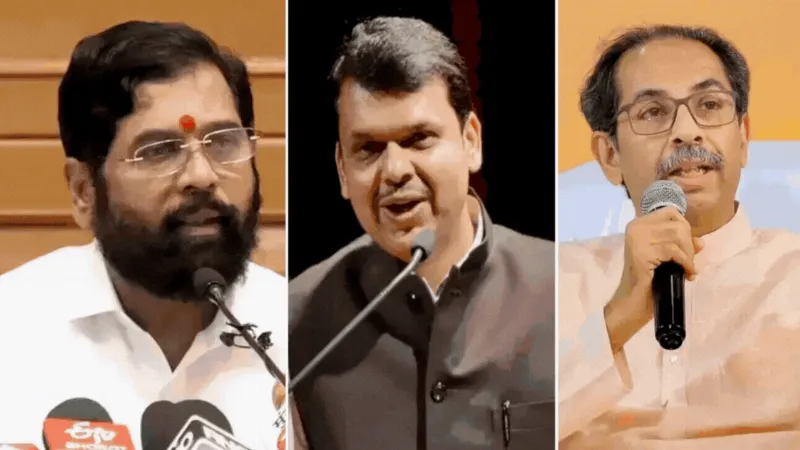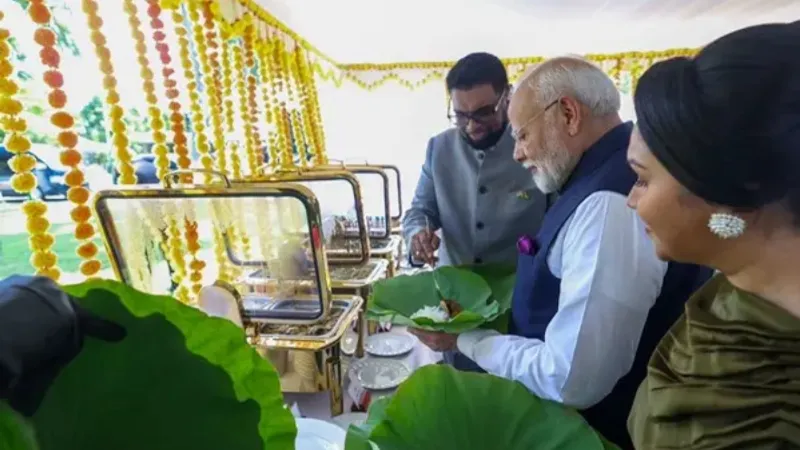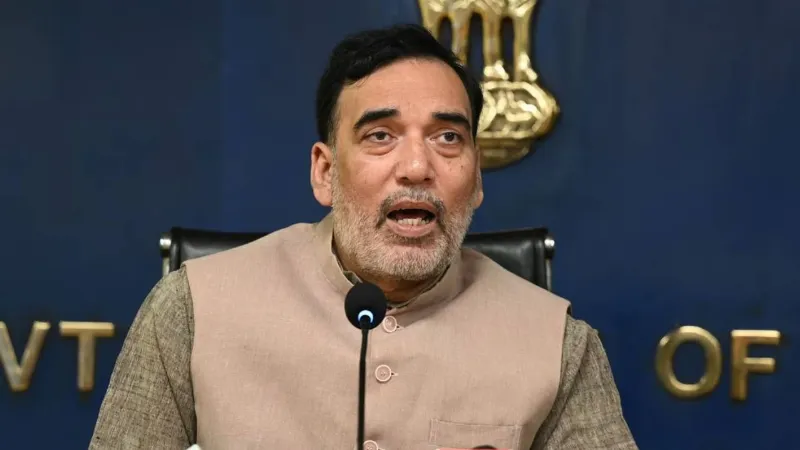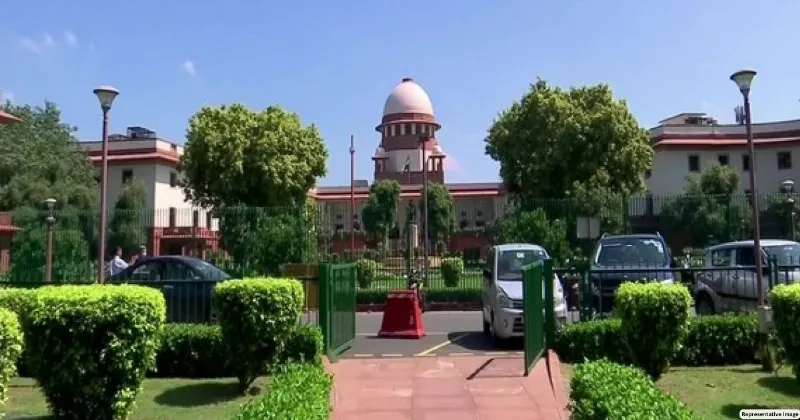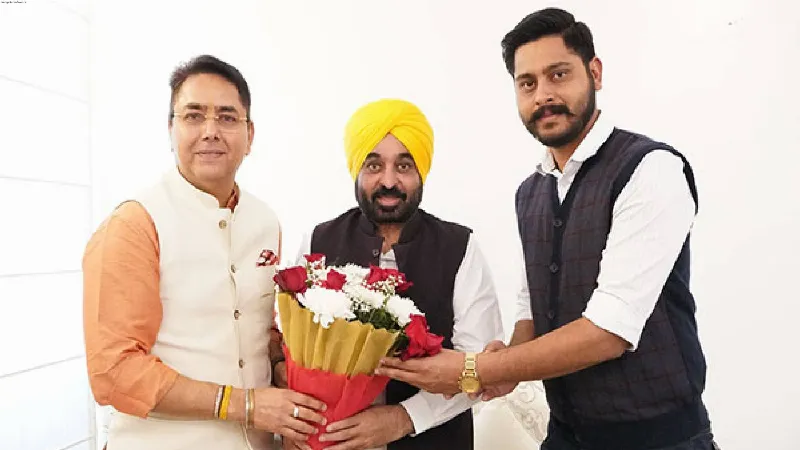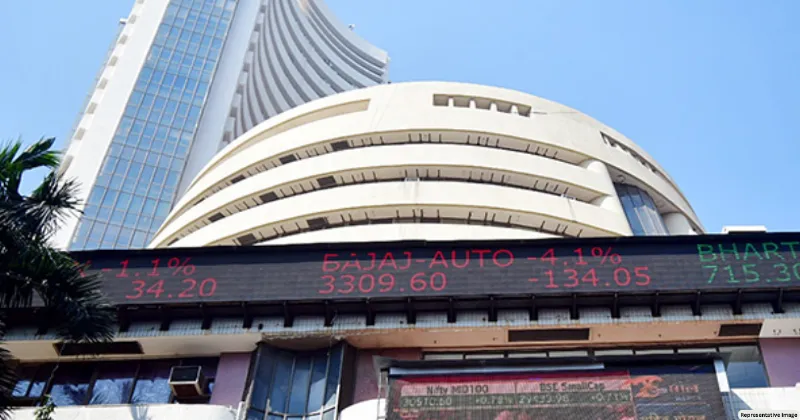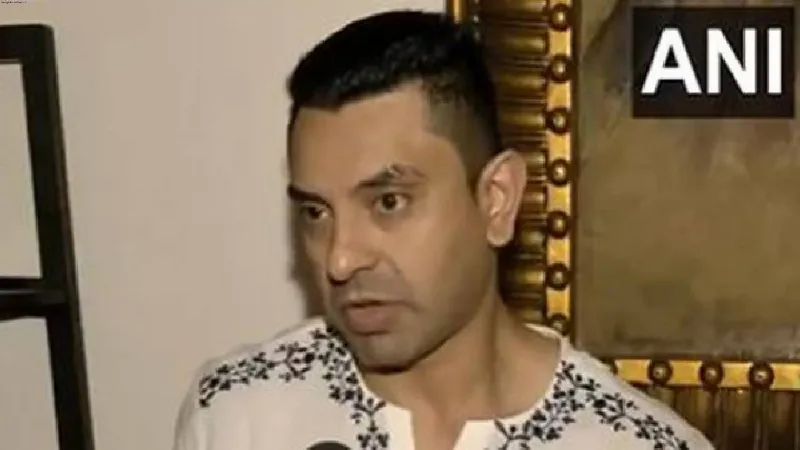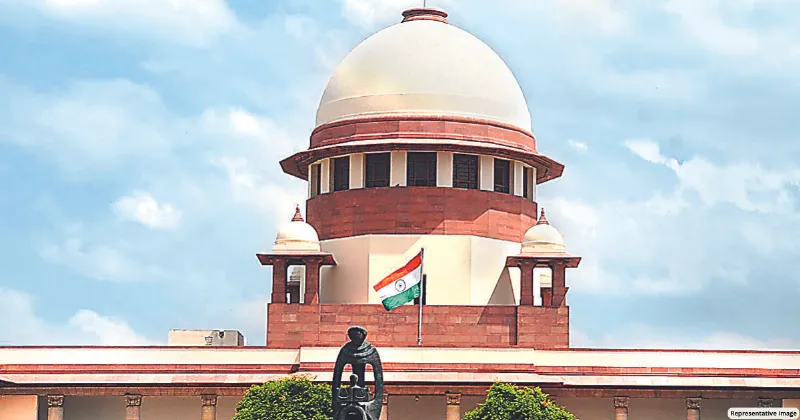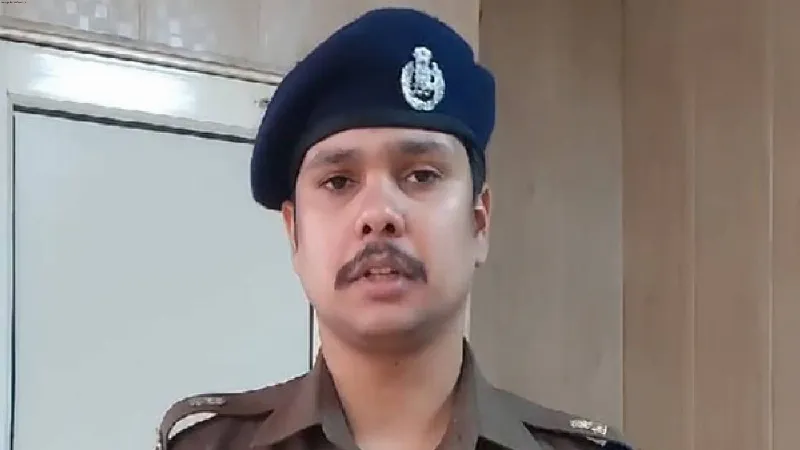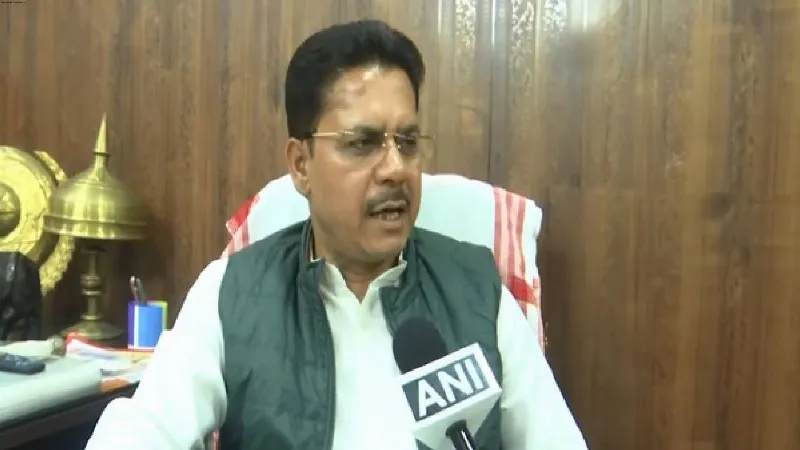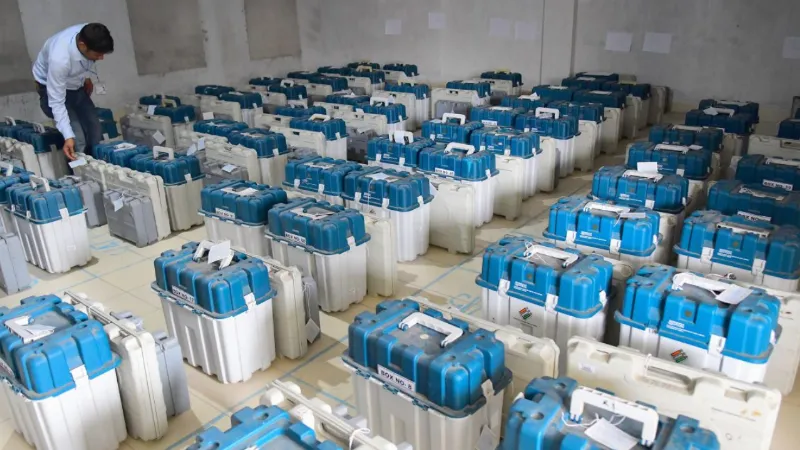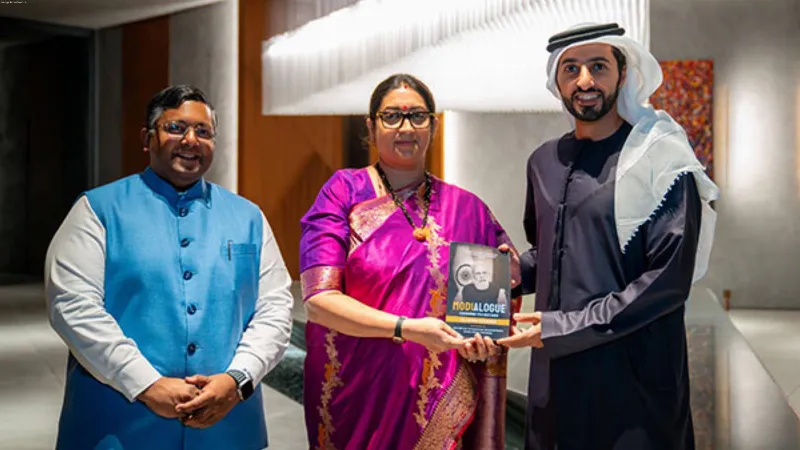PV NARASIMHA RAO’S WISH TO WREST TEMPLE ISSUE FROM BJP FOILED BY HAND OF DESTINY
.png)
On December 6, 1992, lakhs of Kar Sevaks from across the country demolished the entire mosque in a few hours. Vishwa Hindu Parishad (VHP) leader Ashok Singhal was present along with the Kar Sevaks, and after some time, BJP leaders Dr Murli Manohar Joshi and Lal Krishna Advani also reached there. The Justice Liberhan Commission, which investigated the demolition of the Babri Masjid, presented its report in 2009 after the investigation, which stated that the mosque was demolished as part of a deep conspiracy.
A case of criminal conspiracy was registered against many people, including Advani, Joshi, and Uma Bharti. Everyone knows what happened on December 6, 1992, when Kalyan Singh was the CM of UP and PV Narasimha Rao was the Prime Minister.
Singh had given an affidavit in the Supreme Court assuring that the mosque would not be damaged, but despite this, it was demolished. After this, a man named Mohammad Aslam filed a petition against Singh in the Supreme Court. A contempt hearing was held against Singh and the court sent him to jail, symbolically for a day, and a fine of Rs 20,000 was also imposed on him. After this decision of the court, Singh was sent to Tihar Jail in Delhi for a day.
Singh had given an affidavit in the Supreme Court assuring that the mosque would not be damaged, but despite this, it was demolished. After this, a man named Mohammad Aslam filed a petition against Singh in the Supreme Court. A contempt hearing was held against Singh and the court sent him to jail, symbolically for a day, and a fine of Rs 20,000 was also imposed on him. After this decision of the court, Singh was sent to Tihar Jail in Delhi for a day.
In March 1993, Kalyan Singh said that he had no regrets for not protecting the disputed structure because it was a symbol of 464 years of slavery. Speaking to the media on December 8, two days after the structure was demolished, Singh said that, “The demolition of Babri Masjid was God’s will. I don’t regret it. There are no sorrows, no regrets. My government was formed in the name of Ram Mandir and its purpose was fulfilled. In such a situation, the government was sacrificed in the name of Ram Temple. I can sacrifice my government hundreds of times for the sake of Ram Mandir. The Centre can arrest me anytime because I am the one who fulfilled the larger objective of my party.”
SERIOUS ALLEGATIONS AGAINST KALYAN SINGH IN CBI CHARGE SHEET
Regarding the demolition of Babri Masjid, the CBI charge sheet says something different wherein it was written that while being the CM of UP, Kalyan Singh had said in 1991 that the Ram Temple would be built in Ayodhya. According to the CBI chargesheet, a few days before the demolition of Babri Masjid, Kalyan Singh had said that the ban was on construction and not on demolition.
RAO HAD EVEN PREPARED THE TEMPLE’S BLUEPRINT
In 2010, Rao’s media advisor PVRK Prasad wrote a book in Telugu titled Asalem Jarigindhante (What Really Happened), which was translated into English as Wheels Behind the Veil in 2012. According to Prasad, as soon as Rao became the Prime Minister, he started working on the Ram Temple issue. A few days before the demolition of the Babri Masjid, he had contacted many religious organisations. PVRK further writes, “A few days before the demolition, Rao told me that he wanted to wrest the issue of Ram Temple from BJP, so we have made some plans. We want a non-political trust to build the Ram Temple.” Prasad writes in the book, “When I asked why are you doing this? Rao said that we can fight the BJP, but cannot fight Ram.” Prasad further writes that after the Babri Masjid demolition, Rao started focusing on the construction of the Ram Temple and by 1995, he had prepared its blueprint, but unfortunately, in 1996 his government lost in the General Elections paving the way for the Atal Bihari Vajpayee government.
RAO DID NOT CONSIDER BABRI AS A MOSQUE
According to a report by Rediff, Narasimha Rao had formed an Ayodhya cell in his office to resolve the dispute. According to senior lawyer Subramanian Swamy, Rao had asked the Supreme Court to tell the history of Babri Masjid. According to a report in Milli Gazette, while talking to the Hindu side’s lawyer Jain in front of the Liberhan Commission, Rao said that what was demolished in Ayodhya was a structure and we have not talked about reconstructing it.
RAO KEPT SITTING LIKE A STATUE IN CABINET MEETING, DIDN’T UTTER A WORD
After the demolition of the Babri Masjid, Rao called a Cabinet meeting to dismiss the UP government. Former Union Minister Makhan Lal Fotedar, who was present in this meeting, writes in his autobiography, The Chinar Leaves: A Political Memoir, “This was the first time that the Prime Minister did not say anything in the Cabinet meeting. Some ministers including Arjun Singh held him responsible for the Babri demolition.
Senior journalist Hemant Sharma writes in his book Yudh Mein Ayodhya, “Rao remained sitting like a statue during the entire Cabinet meeting. The ministers said a lot to him, but he did not say anything on this. Later, Rao took a big decision and banned Rashtriya Swayamsevak Sangh. In 2004, when Rao fell ill, he was admitted to AIIMS Delhi. Sanjay Baru, political advisor to former Prime Minister Manmohan Singh, writes in his book The Accidental Prime Minister that “As soon as Congress leader Ahmed Patel visited Rao, he (Rao) started crying. He told Patel, ‘Are you guys punishing me for the Babri incident?’” Baru further writes that Rao died a few days after this incident. After Rao’s death, the Prime Minister’s Office decided to conduct his last rites in Delhi, but this could not happen due to an official message from the Congress Party.

